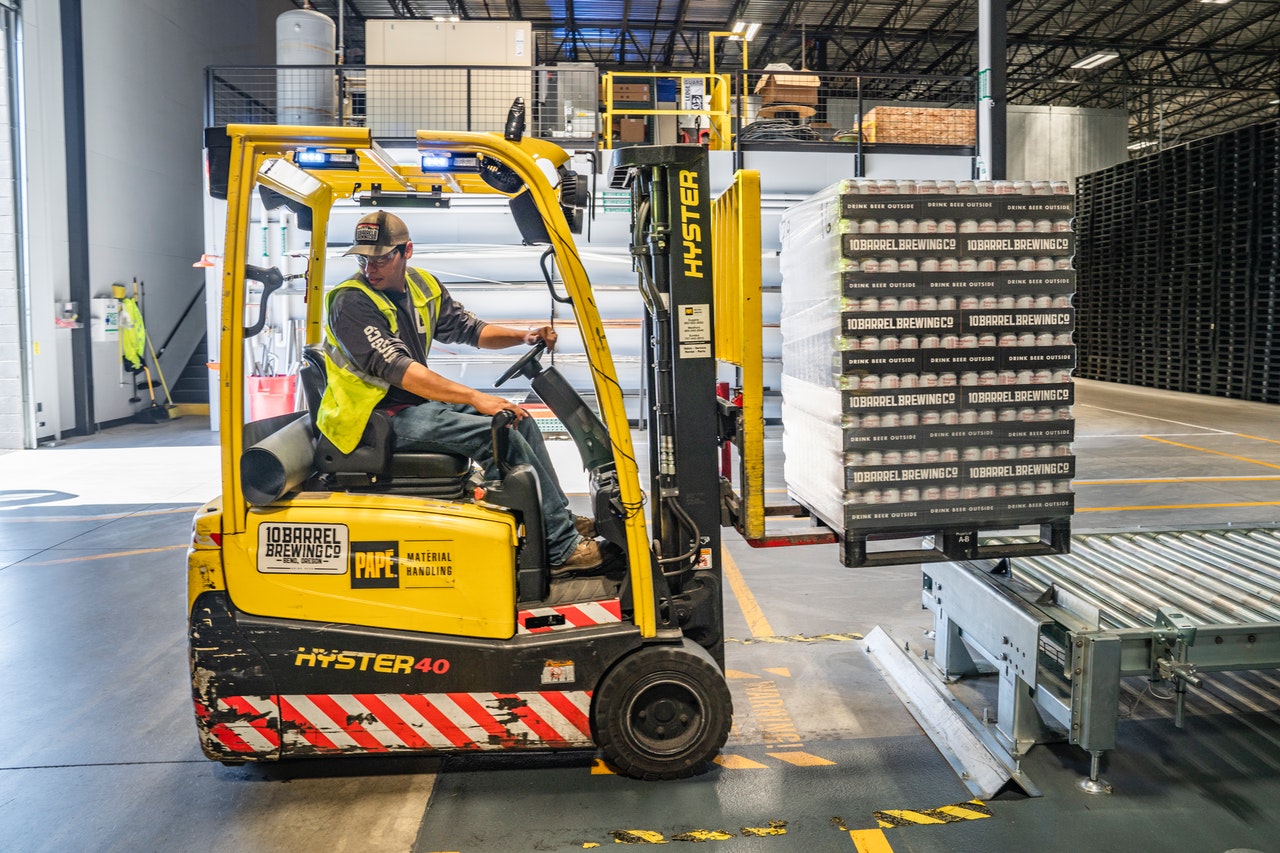Warehouse efficiency should be a top priority for any business that utilizes a warehouse. Your warehouse is the heart of your operation, and if it doesn’t function at its best, the consequences will be felt throughout the business. To maximize the efficiency of your warehouse, you’ll want to learn some effective warehouse management inventory management techniques.
Here are a few tips and strategies you can use to start improving your warehouse efficiency.
The Importance of Effective Inventory Management
Before we get into the strategies you can use, it’s first important to understand just how important effective inventory management is. For starters, warehouses are growing larger and housing a wider variety of items than ever before. According to one study, the average size of a warehouse is now 180,000 square feet, up from 127,000 square feet about 15 years ago. In addition, SKU proliferation is now a common problem for many warehouses, making management of the warehouse more challenging.
Another reason effective inventory management is important is that it directly impacts your customers. If you don’t track things well, your website could report that you have something in stock when you really don’t. In fact, on average, retail inventory is only accurate about 63% of the time. Beyond that, if your warehouse is inefficient, you are more likely to misplace orders or delay shipping something out, two things which also impact your customer’s experience in a negative way.
Simply put, without warehouse efficiency, your products will ship out slower, you’ll order more products than you need, you’ll lessen the customer experience and you’ll waste the valuable time of your employees.
Maximize Your Space
The first strategy you should look at is maximizing your existing space. Upgrading to a larger warehouse is often not feasible or too expensive. The better alternative is to make better use of the space you already have. To do this, you’ll want to find ways to store things vertically, to use as much of the area as possible.
For example, you could install shelving all throughout the warehouse, then use ladders or forklifts to retrieve the items you need. Now the things that once took up a large amount of floor space only consume a fraction of that.

Make Use of Technology
Perhaps the best thing you can do is improve the technology within your warehouse. Having the right technology set up is crucial, as it will allow you to do everything more efficiently. Some technological upgrades to consider include:
- Automatic Pickers – Rather than having humans pick out the needed items you can use technology to do it. Robotic picking machines cut back on the number of mistakes and can improve the overall speed of your warehouse.
- A Warehouse Management System – A good warehouse management system will perform a number of crucial duties, such as data analysis, report generation, and inventory tracking. If you have a large warehouse, you absolutely must have a reliable WMS.
- Automatic Guided Vehicles – Like self-driving cars but for your warehouse, automatic guided vehicles (AGVs) can significantly improve the speed of your warehouse. Using onboard computers instead of an operator, these transports can go from one location in your warehouse to the next without a user.
Set a Par Level
A par level is a minimum amount you need of a product in order to fulfill orders. When your supply drops below the par level, you know that it is time to purchase more. Calculating a par level for each of your products will help you avoid over-ordering products or running out of products too often. Each product should have its own par level and you should re-examine them every few months to ensure they are still optimal.
Setting a par level is what is known as a smart stock allocation strategy. According to this report from Apparel Magic, large companies can better align their supply chains with world markets by optimizing inventory allocation and smart stock allocation strategies help them avoid stocking too much (or too little) at their online and real-world stores.
First In / First Out
First in, first-out (FIFO) is a common warehouse strategy. In essence, the first products that you bring into the warehouse should be the first ones that you shop out to customers. This is especially important if you are working with perishable items, but it can apply to any warehouse.
This is because even though your products may not go bad, the longer a product sits in the warehouse, the more time the packaging has to break down. Make sure that your warehouse is set up in a way that you know which items have been there the longest and have a way to access them easily.
Forecast into the Future
Finally, you need to plan for the future. Your business is constantly changing, meaning your warehouse will need to change as well. Some things you’ll want to think about include:
- How will your business grow in the next few months?
- Will you need to find more storage space?
- Which products will be the most popular over the next few months?
- Which products will be the least popular over the next few months?
- Will my workforce be shrinking or growing in the near future?
- Do I need to enlist the help of a warehouse staffing agency?
You may not be able to predict the future, but you can certainly plan for it. There are forecasting tools available that can help you answer some of the questions above so that you are always best prepared for what may lie ahead.
Warehousing is the Foundation of Your Business
If you’re running a warehouse for your business, it’s vital that you find ways to optimize it. You can spend as much time as you want on the rest of your business, but it won’t matter much if your warehouse isn’t in order.
Spend some time analyzing your current operations and look for areas where you could be performing better. Then, use one of the strategies mentioned above to start optimizing your warehouse. Before long you’ll start to see the benefits spread throughout your entire business.



































